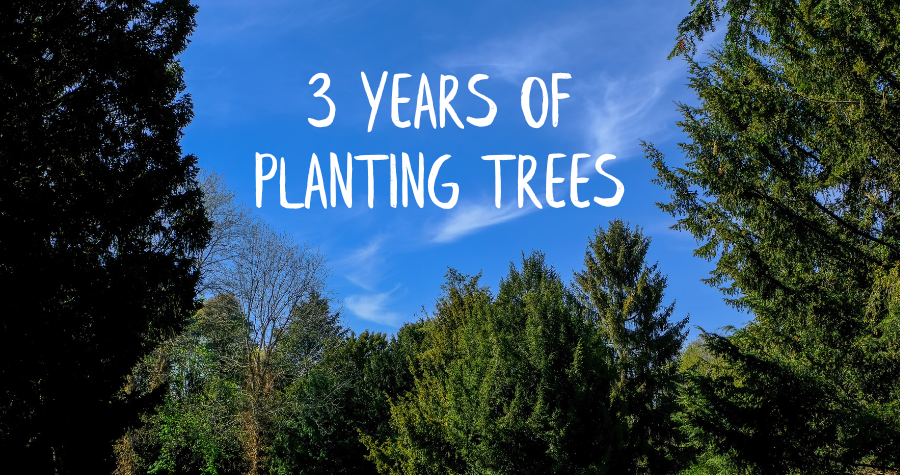What are Polylepis forests and what are we doing to save them?
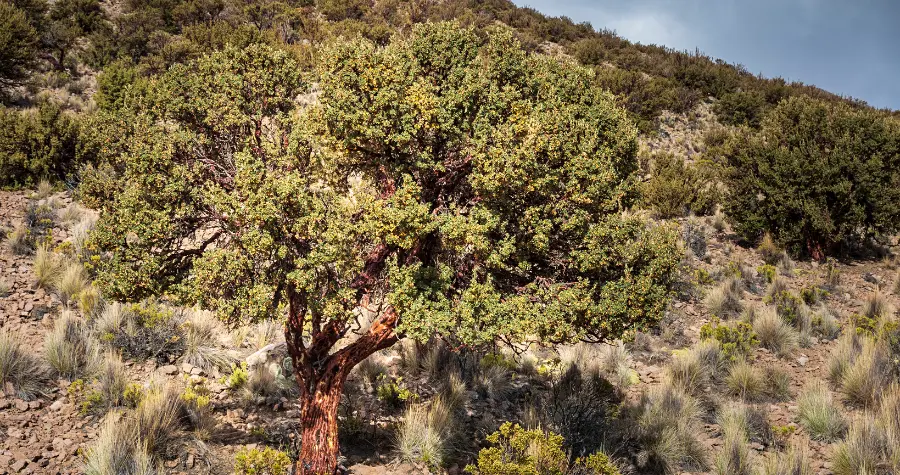
A forest that holds back the ice flow? Yeah… right.
Sounds like something more at home in Narnia than reality, doesn’t it? But that’s exactly what Polylepis forests do!
Polylepis are the highest-altitude forest in the world, growing only in one area of the world: the Andes.
Without them, there would be such catastrophic environmental damage it doesn’t even bear thinking about.
But that’s the thing, they’re disappearing FAST.
That’s why, as part of our #ATreeWithEveryOrder campaign, we’re helping to plant trees in areas that need it most, such as the endangered Mangroves (aka water forests) and Kenya’s last tropical rainforest.
We also recently celebrated our two-year anniversary with Ecologi, our partner that helps us plant all these wonderful trees. Check out our forest to see what we’ve been up to!
What are Polylepis forests?
Often called “paper trees” due to their bark being so thin, Polylepis forests are the highest-growing flowering trees in the world. They live in high-elevation regions of the tropical Andes, meaning that they are found nowhere else in the world.
They provide a great habitat for native birds and wildlife, as well as absorbing the mist from clouds. This is called evapotranspiration and helps to keep the climate cooler and wetter than it would be without them.
They can grow in altitudes up to 5,000m above sea level, and they’re vital for protecting the water security of those who live in the area. The trees and their root systems slow the movement of glacial meltwater, ensuring its slow release into rivers and streams throughout the year. Think of them as a natural irrigation system.
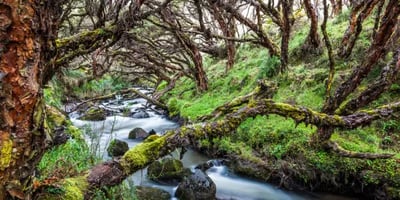
Their branches effectively comb and harvest mists and precipitation from the clouds! Proper Jack and the Beanstalk vibes, right?
As a result, permanent streams are created. This is vital for agriculture in mountainous areas, but also in lowland towns and villages where glacial meltwater is a key source of water.
The trees also prevent soil erosion and flooding, protecting homes and livelihoods. They’re an important carbon store, playing a crucial role in the global fight against climate change.
Why are Polylepis forests at risk?
Unfortunately, only a few Polylepis forests remain, making their conservation more important than ever.
- Millions of the trees have been disappearing; only 500,000 hectares remain today.
- This has impacted climate resilience, water security, and biodiversity in the region.
- Only 10% of Bolivia's original Western Cordillera Polylepis forests remain.
- The loss of high mountain forests is considered the major cause of water scarcity in many parts of the Andes.
How we’re helping restore Polylepis forest
Restoring Andean Polylepis forests in Peru
Habitats in Peru range from its plains to the tall peaks of the Andes mountains, then right down to its tropical Amazon Basin rainforest. It’s truly an insane place full of wildlife and gloriously different ecosystems.
Sadly though, Peru’s mountain and forest ecosystems are under threat thanks to land use change, climate change and deforestation. 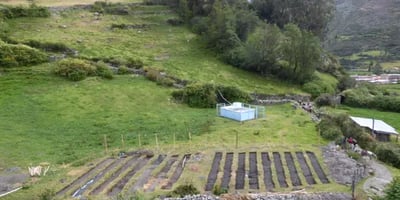
For this tree planting project, we, along with Ecologi, will be funding the planting of 300,000 trees in the Andes mountains over the next 2 years. These trees will be planted across 16 different project sites, 6 of which will be in Peru!
In these Peruvian sites, 90% of the trees planted will be Polylepis. The remaining 10% will consist of other native species.
So far, we’ve helped to plant x250 trees with this amazing project thanks to your orders!
Restoring Polylepis forests in the Ecuadorean Andes
Ecuador is home to an abundance of amazing ecosystems - 20,000 species of plants and over 2,600 species of animals. Insane, right?
Another cool fact, Pacha Mama, or Mother Earth, is granted the right to protection from the endangerment of native species, restriction of invasive species as well as restoration of damaged land. Ecuador is one of the few countries in the world that actually does this. 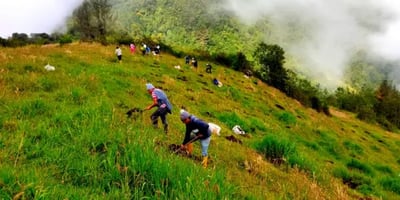
By helping to support this project, you’re also helping to protect and nurture Mother Earth. And so far, we’ve planted x178 Polylepis trees - amazing!
Polylepis forests need your help
At Fluid, we don’t just want to supply you with award-winning promotional merchandise, we want it to mean something more.
We’re here to help you dream big. Whether that’s through solving problems, giving gifts, or building connections, it’s always been more than just merchandise to us.
It’s time to give back, that’s why with every order you place with us, we’ll plant a tree where they’re needed most - be it in mangroves, rainforests, or Polylepis forests.
Interested in finding out more? Request a call-back today from one of our expert merchandise consultants.
Request a call-back




